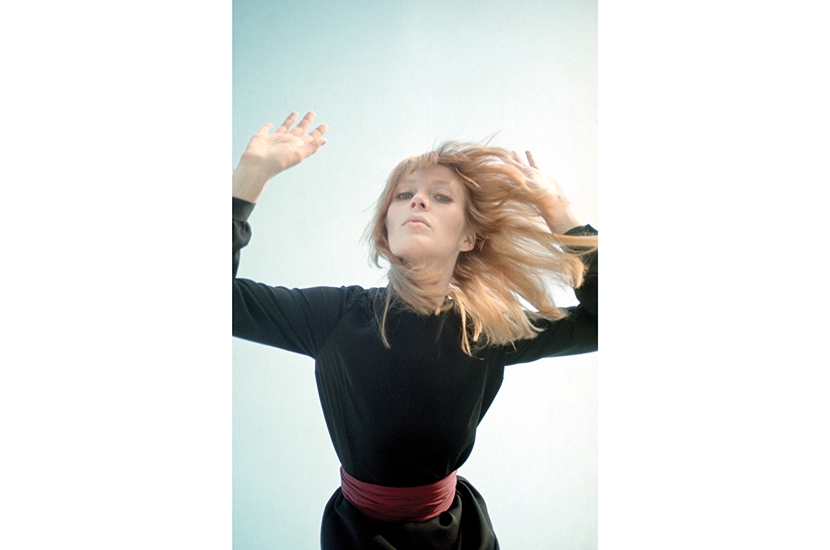It is well established that artists are not always the nicest people. On the surface, the life of the model, actress and singer Christa Päffgen, aka Nico, would appear to bear this out. Being Nico didn’t mean being nice.
The story of Nico’s rise and fall usually goes like this. She grew up in the rubble of post-war Berlin, emerging from adolescence as both stunningly beautiful and remorselessly ambitious. By the time she was 28 she had appeared on the cover of Vogue, starred in Fellini’s La Dolce Vita and sung with the Velvet Underground; she counted Alain Delon, Bob Dylan and Jim Morrison among her numerous conquests.
She went from being a blonde ice queen to a gloomy frump resembling the Groke from the Moomin books
After being kicked out of the Velvets, she recorded several LPs of her own forbiddingly dissonant and depressing music before plunging into the sewer of addiction, dragging her looks, such talents as she had and even her only child in with her. She went from being a blonde ice queen, one of Andy Warhol’s superstars, to a gloomy, black-clad frump resembling the Groke from the Moomin books, freezing the very ground on which she trod, doomed to wander the Earth performing ‘All Tomorrow’s Parties’ to a thinning crowd of punks, goths and fellow junkies. She died in 1988, not of a heroin overdose but after falling off her bike in Ibiza, a sad punchline to a bad joke, pathos and bathos combined.
In this valuable new biography, the American writer Jennifer Otter Bicker- dike has set herself the task of telling the tale differently. ‘She was a true bohemian who deserves proper recognition,’ writes Bickerdike in the introduction.








Comments
Join the debate for just £1 a month
Be part of the conversation with other Spectator readers by getting your first three months for £3.
UNLOCK ACCESS Just £1 a monthAlready a subscriber? Log in